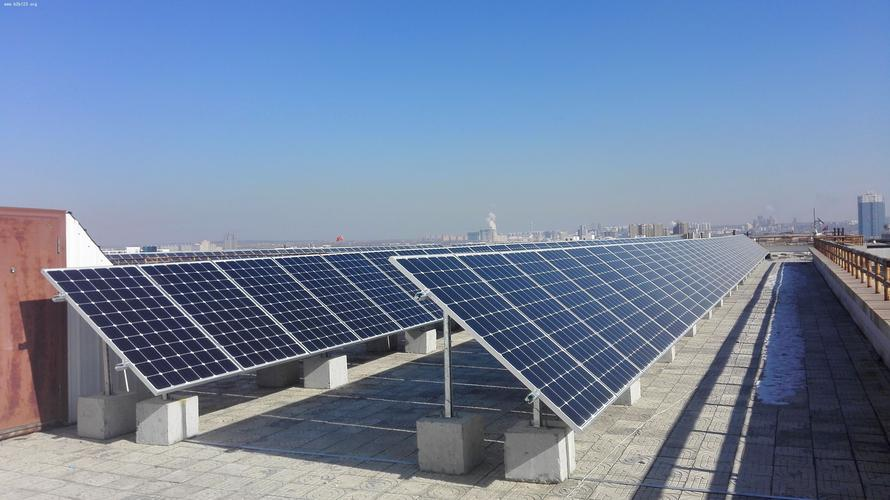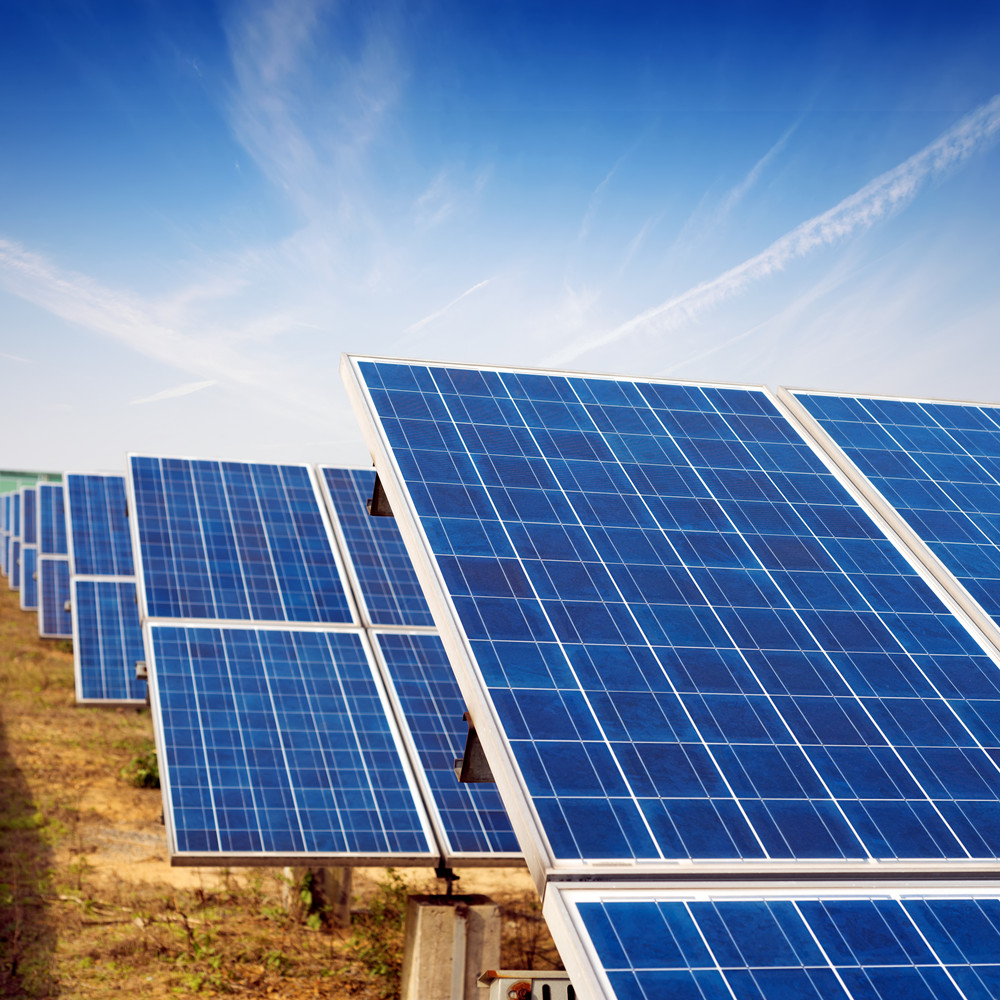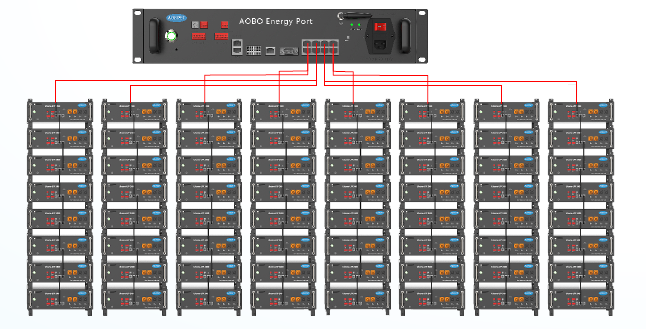1. Photovoltaic irrigation system
(1) The comprehensive cost (initial investment and operation and maintenance costs) is lower than that of the grid construction scheme and the diesel power generation scheme.
(2) The system installation, operation, maintenance is simple, low operating costs. Because the photovoltaic irrigation system has no moving parts during operation, no mechanical wear, low failure rate and low maintenance costs.
(3) The system directly converts solar energy into electric energy utilization, without environmental pollution and without paying energy consumption costs.
(4) The system adopts intelligent control technology, has perfect protection function, and can realize automatic control without manual duty.
(5) The system adopts IP65 design, which can be directly installed outdoors without the need to build a dedicated computer room.
(6) Wide range of use, not subject to regional, external environment restrictions.
(7) The system adopts frequency conversion speed control to realize the soft start of the pump motor and avoid the impact of direct start of the pump motor, which can effectively extend the life of the pump and motor.
(8) The automatic adjustment of irrigation water volume can be directly realized by using light conditions to achieve the water balance of farmland irrigation.
2. Comparison of the cost of photovoltaic irrigation and diesel irrigation systems
Taking the 1.1kW water pump water supply system as an example, we compare the investment and operating costs of the photovoltaic water pump water supply system and the diesel water pump water supply system. (Note: Considering that the investment and operating costs of the two irrigation systems are basically unchanged, only the water supply system is included, excluding the irrigation system). The initial investment of the 1.1kW photovoltaic water supply system is 11,000 yuan higher than that of the diesel water supply system, but the annual operating cost can be saved by 14,490 yuan; In this way, the investment in photovoltaic water supply system can save 3490 yuan in the year, and 14,490 yuan in the second year. And two years later, the basic price of diesel generator sets, need to reinvest in the purchase of diesel generator sets. Therefore, the photovoltaic water supply system is more obvious than the diesel water supply system, and the economic value is very obvious. 37.5kW photovoltaic irrigation system scheme design (1) Basic conditions of photovoltaic irrigation system scheme design This project scheme uses water drawn from a deep well. According to the hydrologic conditions of the project implementation site provided by the owner, the dynamic water level of the well is 40m underground; In addition, the main irrigation months in the local area are May, June, July and August, so we only take the sunshine duration model from May to August of the project implementation site as the basis for the calculation of the project scheme. (2) Known conditions for the calculation of the photovoltaic irrigation system scheme: the dynamic water level of the well is 40m underground, the transmission pressure loss of the water transmission pipe is 6m, the irrigation season is from May to August, the rated irrigation water demand is about 18t/h, the maximum water demand is about 20t/h, and the average daily water demand is about 100t/h; Light intensity as described in the basic conditions of photovoltaic irrigation system design.
3. Selection of water pump
H=ηh, where H is the required lift of the photovoltaic system; η is the lift coefficient of the photovoltaic system, taking 1.4; h is the required pressure of the water inlet, which is 70m; Therefore, the pump head is selected H=70m; Refer to the pump selection manual, choose 7.5kW deep well pump. The selection of the pump inverter matches the pump inverter and photovoltaic module according to the pump. The output power of the water pump is 7.5kW, the output power of the photovoltaic water pump inverter used in the matching is 7.5kW, and the EHE-P7K5H photovoltaic water inverter is selected. The EHE-P7K5H photovoltaic water pump inverter has the following characteristics: advanced starting technology, MPPT technology and high conversion efficiency design to ensure the maximum efficiency of the system; Due to the use of efficient design technology to ensure the maximum water yield of the system, under the same configuration, the water yield is the highest in the industry; With accurate PID adjustment function, can realize intelligent water pumping system fast, accurate, stable automatic intelligent adjustment, can be completely unattended; With reactive power compensation function, ensure the system power factor, reduce the energy transmission line loss; Perfect protection function, including drying, water shortage, overload, undervoltage, leakage and other protection, to ensure that the system is safe and reliable; According to the needs of users, optional photovoltaic/mains automatic switching function to achieve the free switching of photovoltaic and mains, increase the flexibility of the use of photovoltaic water pumping system, especially suitable for unstable power supply areas; Including a variety of remote communication functions, can remotely view, control the system’s operating status and operating mode; IP65 protection grade outdoor system, suitable for various application environments, low installation cost; The operating environment temperature range is wide, up to 70℃; Complete system protection mechanism to extend the service life of the system; According to the different needs of customers to provide a variety of solutions, such as anti-theft, GPS remote communication, compatible with the mains input needs. The empirical formula for PV module power configuration is: W=ηP, where W is the PV module power; η is the correction coefficient of photovoltaic module, taking 1.4; P indicates the rated power of the inverter. It can be calculated from the formula: PV module power W=1.4×7.5kW=10.5kW comprehensively considering the input voltage and current of the inverter, and taking into account the economy of the system configuration, the system design uses 45 230W panels 15 series 3 and connected, panel parameters. The 45 panels selected for the calculation of the area of the array are arranged in a formation of 2 rows and 23 columns, taking into account the unity of design and manufacturing, respectively according to 8 arrays as a sub-array, a total of 6 sub-arrays, and the last sub-array leaves space for 3 panels. Photos of it after installation. Through engineering calculation, the installation inclination Angle of the panel is 50, and the installation area of the panel is about 75m2; In addition, considering the safety of the power station system, guardrail is set around the system, pedestrian maintenance channels are set inside, etc. In comprehensive calculation, the water extraction of an area of about 160m2 is calculated according to the different sunshine and temperature of the local monthly, and the water extraction and output power are calculated from May to August, respectively. The calculation results are shown in Table 7. Among them, the relevant data of daily time-sharing in May are shown in Table 8. From the above, it can be seen that the 7.5kW photovoltaic irrigation system from May to August, in the case of meeting the head requirements, the daily pumping amount is 120t, 117t, 103t, 99t, fully meeting the established requirements.
4. Implementation of the programme
After the design of the above scheme was completed, it was implemented in April 2013. Since the northeast of China has not yet thawed in April, the construction is more difficult; At the same time, the project site lacks water and electricity, and is located in remote areas, inconvenient transportation, and relatively scarce materials. However, the project staff overcame all kinds of difficulties, from the design to the completion of the commissioning of the irrigation system, only in less than one month, as scheduled at the end of April to complete the transformation of the irrigation system, and delivered to the customer, through the customer’s preliminary acceptance, effectively ensure the customer’s spring farming season irrigation water supply. It provides a strong guarantee for users’ energy saving, water saving and agricultural production increase. In the implementation of the project, we found that because the actual water level was different from the original data provided, the actual static water level of the well was 15m underground, and the dynamic water level was 2m underground, so the pump was installed 28m underground. A field photo of the project facility is shown in Figure 3. After the implementation of the project, we took one day to test the actual amount of water pumped (calculated by the time taken to fill a tank of 2.5t water tank). From the above test data, it can be seen that the average amount of water pumped is about 30t/h(estimated value), and the working time of the day is from 5:00 in the morning to 18:00 in the evening, and the work is about 13h, so the daily amount of water pumped is estimated to be 390t, which is far higher than the design index. After the project was delivered to the owner, it coincided with the spring sowing season, and the irrigation system not only satisfied the owner’s own fields, but also conveyed excess water to the surrounding farmers for irrigation in the form of sales, and achieved good economic benefits. Based on the author’s project design experience and the problems encountered in the implementation of this project, the following experiences are summarized for reference in the implementation of similar projects in the future:
(1) The project is located in the northeast, the construction period is short, in order to complete the project transformation before the spring tillage period, it must be constructed in the frozen soil, which brings great difficulty to the construction, and increases the project construction cost, so to implement similar projects, should be well planned, construction in the non-frozen soil season, can greatly save the project cost.
(2) The implementation sites of such projects are water and electricity shortage areas, so full preparation should be made before the implementation of the project, and the technical plan and construction plan should avoid on-site water and electricity.
(3) The design of the component bracket should fully consider the local natural conditions, such as snow and wind, and the system should be able to fully meet the requirements of the maximum snow load and wind load.
(4) Because it is located in the more remote farmland, the system design should fully consider anti-theft and safety, especially photovoltaic cell modules and pump inverter, when there is sunlight, the system may be charged, due to the cognitive level of non-professionals, may lead to the risk of false shock, so the system design, must fully consider the safety design of anti-shock, Including the increase of protective guardrail, the use of anti-random plug connector design.
(5) Due to the short irrigation season in many areas, if the photovoltaic system is only used for irrigation, the solar energy will be wasted in the non-irrigation season. In order to fully improve the utilization rate of solar energy, the photovoltaic comprehensive utilization system can be designed for users under the permission of conditions, that is, in the irrigation season, the photovoltaic system is used for agricultural irrigation. The photovoltaic system can be used to achieve water lifting for humans and animals; Or use battery energy storage for household life power supply.
5. Conclusions
For the vast number of water shortage and power shortage areas, compared with setting up the power grid or using diesel power generation irrigation, it has the characteristics of less comprehensive investment, energy saving, environmental protection, high reliability, easy use and maintenance, etc., and has great economic value for increasing agricultural production and income.







